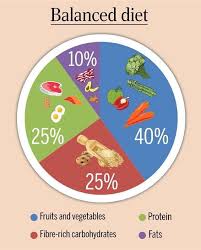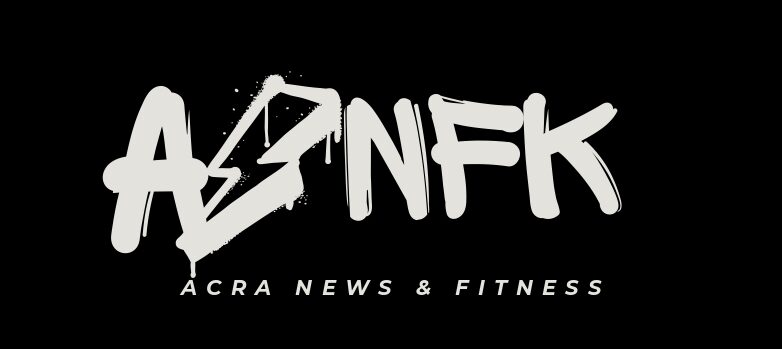In today’s fast-paced world, maintaining a healthy diet often takes a backseat to convenience and routine. Yet, our bodies require balanced nutrition to function properly, support immunity, maintain energy, and prevent chronic diseases. So, what exactly does a basic, healthy diet look like for the average person?
1. The Core Components of a Balanced Diet
A healthy diet isn’t about strict limitations or depriving yourself. It’s about providing your body with essential nutrients in the right proportions. Here are the key components:
✅ 1. Carbohydrates (45–65% of daily calories)
Carbs are your body’s main energy source. Opt for:
- Whole grains (brown rice, oats, quinoa)
- Vegetables (sweet potatoes, corn)
- Fruits (bananas, berries, apples)
Avoid: Excess refined sugar and white flour products.
✅ 2. Proteins (10–35% of daily calories)
Protein is vital for muscle repair, hormone production, and immunity.
- Animal sources: Eggs, fish, lean meat, poultry
- Plant sources: Lentils, chickpeas, tofu, beans
✅ 3. Fats (20–35% of daily calories)
✅ 1. Carbohydrates (45–65% of daily calories)
Carbs are your body’s main energy source. Opt for:
- Whole grains (brown rice, oats, quinoa)
- Vegetables (sweet potatoes, corn)
- Fruits (bananas, berries, apples)
Avoid: Excess refined sugar and white flour products.
✅ 2. Proteins (10–35% of daily calories)
Protein is vital for muscle repair, hormone production, and immunity.
- Animal sources: Eggs, fish, lean meat, poultry
- Plant sources: Lentils, chickpeas, tofu, beans
✅ 3. Fats (20–35% of daily calories)
Healthy fats support brain function and cell growth.
Avoid: Trans fats, highly processed snacks, fried fast food
Healthy fats: Avocados, nuts, seeds, olive oil, fatty fish

✅ 4. Vitamins and Minerals
Micronutrients are essential for hundreds of bodily functions.
- Eat a variety of colorful fruits and vegetables
- Include dairy or plant-based alternatives for calcium and vitamin D
- Include iron-rich foods like spinach, beans, or lean red meat
✅ 5. Water
Hydration is non-negotiable. Water helps with digestion, detoxification, and nutrient absorption.
- Aim for 6–8 glasses (about 2 liters) per day
- More if you’re active or live in a hot climate
2. General Guidelines for a Healthy Diet plan
- Eat the rainbow: Different colored fruits and vegetables offer different nutrients.
- Portion control: Balance how much you eat, not just what you eat.
- Limit processed foods: These are often high in sugar, salt, and unhealthy fats.
- Practice mindful eating: Avoid distractions while eating, and listen to your hunger cues.
- Plan your meals: Meal prepping helps avoid unhealthy choices.
3. Sample Plate Structure (Per Meal)
- ½ plate vegetables and fruits
- ¼ plate whole grains or complex carbs
- ¼ plate lean protein
- 1 tsp healthy fat (like olive oil or nuts)
- A glass of water or a low-sugar beverage
- create your own diet plan
4. Lifestyle Tips That Support a Healthy Diet
- Stay active: Combine your diet with 30 minutes of physical activity most days.
- Sleep well: Poor sleep can lead to unhealthy cravings.
- Manage stress: Chronic stress affects food choices and digestion.
Final Thoughts
There’s no one-size-fits-all when it comes to diet. However, the basic structure—focusing on whole, nutrient-dense foods in proper proportions—can work for almost everyone. Remember, consistency matters more than perfection. Building a healthy diet is a lifelong investment in your well-being.

